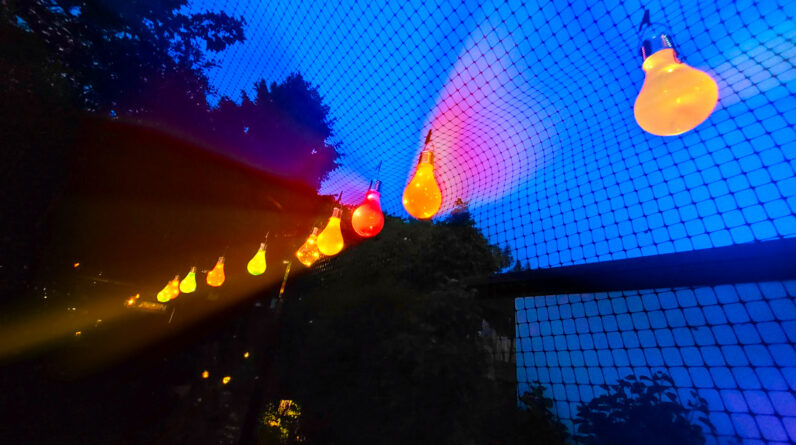
[ad_1]
Solar lights in a garden. Image (C) Tim Sandle
The way people respond to light has long been associated with mood and mental wellbeing. This includes people dealing with Seasonal Affective Disorder (SAD) to the potential need for blue light glasses. The impact of light on people remains an important research area.
For example, Seasonal Affective Disorder (SAD) usually occurs during winter, when days are darker and there is less light. Light therapy, using a lightbox, can help combat this.
According to the NHS website, some people who suffer from SAD find light therapy helpful. This involves sitting in front of a specialised light box for 30-60 minutes a day. The lightbox simulates the sunlight that’s missing during the winter months, encouraging your brain to produce serotonin.
Despite the research, many people do not realise the impact that lighting can have upon their sleep and wellbeing. To look at the impact of domestic lighting, Digital Journal spoke with Robert Aiken, Technical Director at Wandsworth Electrical. Aiken has explained how people can use lighting in their homes to feel better, sleep deeper and unwind.
Sleep
If a person is exposed to bright light before bed, this can negatively affect their sleep. The person’s circadian rhythms respond primarily to lighting. Sometimes the body responds to light as a sign that it needs to be awake, and darkness as a signal to fall asleep. This can be triggered by artificial light.
For instance, the backlight on a smartphone screen and other devices can prevent an individual from sleeping and this is one of the main reasons most smartphones have a night mode. Blue light, which is present in white light and this reduces the body’s ability to produce melatonin, thereby making it more difficult to sleep.
Colour
The colour of lighting can also have an impact on mental health. Studies show that certain lighting colours can affect your mood in different ways; yellow light can help relieve feelings of irritation, whilst green light can reduce feelings of pleasure and negatively impact your mood.
Warm colours like yellow and red can trick the brain, triggering some of the same responses as if you were actually sat in a warm room. Meanwhile, colder colours like blues and greens can have the opposite effect and can make someone feel colder.
Feeling hungry?
Research in the International Journal of Environmental Research and Public Health showed that lighting is not only important for visual performance and safety, but also plays a vital role in regulating human physiological functions. Furthermore, lighting can affect appetite and the speed of eating.
Solutions
Installing dimmer switches in in the home gives provides more flexibility to tailor lighting to a person’s mood. Some studies suggest dimmer lighting calms her body down, improving our decision-making skills.
Daylight harvesting, also known as constant light levels, can be used to help offset some of the effects of SAD. Daylight harvesting uses a Passive Infrared (PIR) sensor to detect the level of light you’ve set and maintain it constantly all day, adjusting in line with how much natural light comes into the room.
Having lighting on a timer to make sure a person does not strain their eyes can help to develop good habits, as can turning off the main room light and having more restrained lighting through the use of table lamps.
Aiken adds: “In many ways, your lighting choices are just as important as your interior design, and the two should go hand-in-hand to maximise the potential of your space. However, it’s not just aesthetics that make lighting a vital consideration – people should understand the consequences of being exposed to bright light or coloured light, and how these can affect their body.”
[ad_2]
Source link






